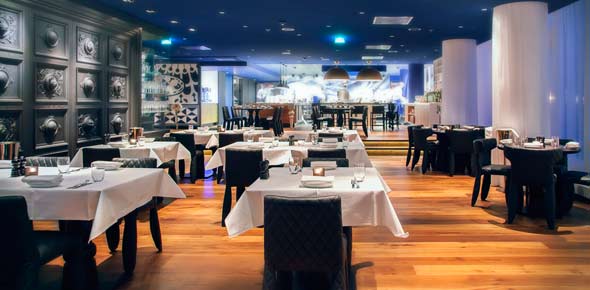Section 12.5—quiz: Menu Pricing
- NRAEF
- AHLEI
2.
You may optionally provide this to label your report, leaderboard, or certificate.
×
Thank you for your feedback!
















